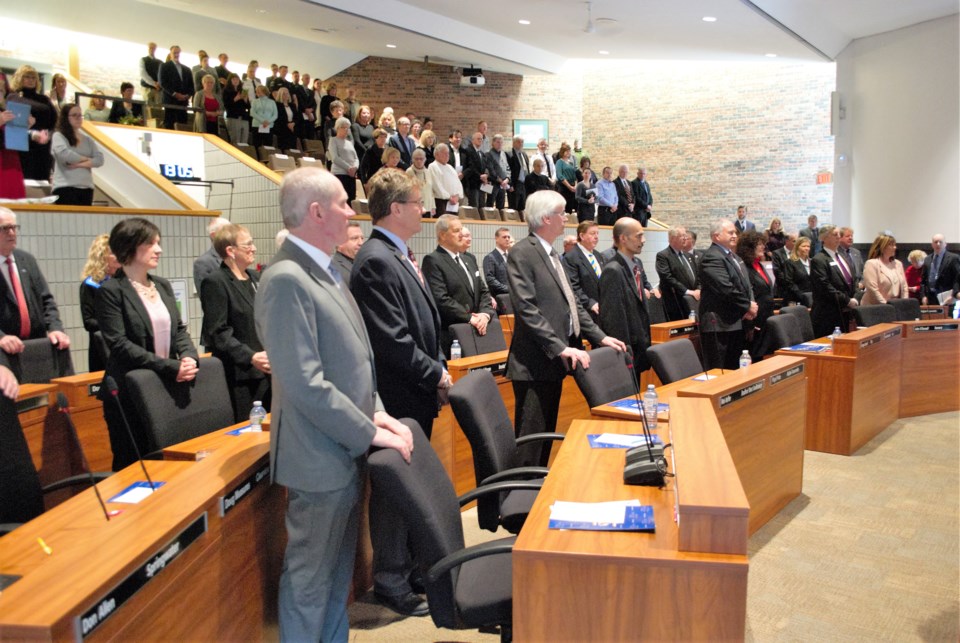That was the question debated ad nauseum Tuesday in Midhurst – for over three hours.
At one point, Severn Township Mayor Mike Burkett simply argued, “let’s get rid of us all.”
He may have had a point.
On the other hand, Midland Mayor Stewart Strathearn suggested residents have “no idea what the county does and has no idea that the mayor and deputy mayor sit on county council. That is, until somebody doesn’t pick their garbage up. Most residents don’t have a clue.”
It’s always a sign it’s going well when one is arguing constituents are ignorant but leaving that aside – Simcoe County Council is broken and needs to be fixed.
It isn’t simply about the woes of garbage collection (see last week’s column on that trashy situation, here.)
For Bradford West Gwillimbury, it is also the case that we pay more into the county than we receive back in county spending. As a fast-growing municipality in the GTA, rather than cottage country, we’re the county’s “cash cow”.
There is a compelling argument to be made that the fatal flaw, the original sin of the county is its governance: right now, each of the 16 municipalities send their mayor and deputy mayor to vote, for a total of 32 county councillors.
That is an inherently unequal form of representation: Bradford West Gwillimbury with a population of over 35,000 has the same two votes as the eponymously named Tiny Township, population 11,000 on a busy day.
The proposal the county council rejected was to boot out the deputy mayors and instead elect five “regional councillors” by dividing the county up into five wards. However, rather than equally dividing the population into fifths, the geographic constraints meant even these wards were skewed to give more power to the smaller, northern municipalities, by diluting the southern municipalities’ votes by grouping them together.
So that was a concept that was dead on arrival for many of the county councillors.
There’s a simpler, solution, however: a basic notion as old as Canada itself – “rep by pop”.
There should be a principle in county governance that votes at the council table are apportioned based on population. (Duh.)
The simplest way to achieve this would be to say that every one of the 16 municipalities is represented by their mayor. Then, if a municipality’s population is larger than a certain threshold, say 20,000, their deputy mayor would also become a county councillor.
By my rough math, this would mean about 10 of the 16 municipalities would have two votes, and the little, northern townships would lose one vote each. This would eliminate at least six positions – saving at least $120,000 per year in salaries and benefits.
Would the northern municipalities voluntarily surrender their disproportionate say in county decision-making? Probably not, but it would be the right thing to do and would allow the county to function – for a change.



